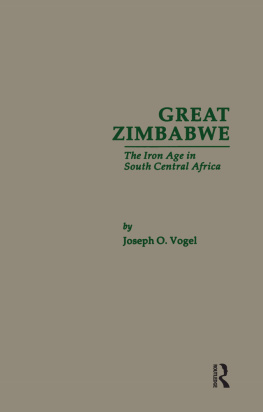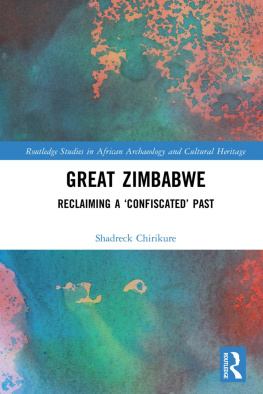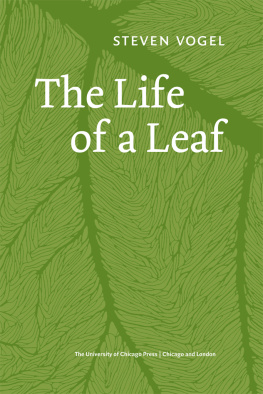Joseph O. Vogel - Great Zimbabwe
Here you can read online Joseph O. Vogel - Great Zimbabwe full text of the book (entire story) in english for free. Download pdf and epub, get meaning, cover and reviews about this ebook. year: 1994, publisher: Garland, genre: Romance novel. Description of the work, (preface) as well as reviews are available. Best literature library LitArk.com created for fans of good reading and offers a wide selection of genres:
Romance novel
Science fiction
Adventure
Detective
Science
History
Home and family
Prose
Art
Politics
Computer
Non-fiction
Religion
Business
Children
Humor
Choose a favorite category and find really read worthwhile books. Enjoy immersion in the world of imagination, feel the emotions of the characters or learn something new for yourself, make an fascinating discovery.
- Book:Great Zimbabwe
- Author:
- Publisher:Garland
- Genre:
- Year:1994
- Rating:5 / 5
- Favourites:Add to favourites
- Your mark:
- 100
- 1
- 2
- 3
- 4
- 5
Great Zimbabwe: summary, description and annotation
We offer to read an annotation, description, summary or preface (depends on what the author of the book "Great Zimbabwe" wrote himself). If you haven't found the necessary information about the book — write in the comments, we will try to find it.
Great Zimbabwe — read online for free the complete book (whole text) full work
Below is the text of the book, divided by pages. System saving the place of the last page read, allows you to conveniently read the book "Great Zimbabwe" online for free, without having to search again every time where you left off. Put a bookmark, and you can go to the page where you finished reading at any time.
Font size:
Interval:
Bookmark:
VOL. 2
Vol. 1487
General Editor
by John M. Weeks
The Iron Age in South Central Africa by Joseph O. Vogel
by John M. Weeks and Peter J. Ferbel
Joseph O. Vogel

2 Park Square, Milton Park, Abingdon, Oxon OX14 4RN
52 Vanderbilt Avenue, New York, NY 10017
Product or corporate names may be trademarks or registered trademarks, and are used only for identification and explanation without intent to infringe.
Vogel, Joseph O.
Great Zimbabwe: the Iron Age in South Central Africa / Joseph O.
Vogel.
p. cm. (Research guides to ancient civilizations; v. 2)
(Garland reference library of the humanities; v. 1487)
ISBN 0-8153-0398-X
1. Great Zimbabwe (Extinct city)Bibliography. 2. Iron Age
ZimbabweBibliography. 3. Shona (African people)History
Bibliography. 4. Iron ageAfrica, Sub-SaharanBibliography. 5. Africa,
Sub-SaharanAntiquitiesBibliography. 6. ZimbabweAntiquities
Bibliography. I. Title. II. Series. III. Series: Garland reference library
of the humanities; vol. 1487.
Z3578.V64 1994
[DT3025.G84]
016.96891dc20 93-34506
CIP
My Friends.
who kindly befriended my family and introduced us to the archaeology of south central Africa.
in whose pleasant and knowledgeable company we first visited Khami
in whose company we travelled into the bush to study the village life of southern Zambia.
to my wife,
JEAN
who made our many long arduous safaris a pleasure.
Eroco and the less maritime kings
Mombasa, Quiloa, and Melind,
and Sofida thought Ophir....
Milton, Paradise Lost, 1695
The Book of Duarte Barbosa, 1514
Purchas, His Pilgrimages, 1617
- ii
- vi
- vii
Font size:
Interval:
Bookmark:
Similar books «Great Zimbabwe»
Look at similar books to Great Zimbabwe. We have selected literature similar in name and meaning in the hope of providing readers with more options to find new, interesting, not yet read works.
Discussion, reviews of the book Great Zimbabwe and just readers' own opinions. Leave your comments, write what you think about the work, its meaning or the main characters. Specify what exactly you liked and what you didn't like, and why you think so.












